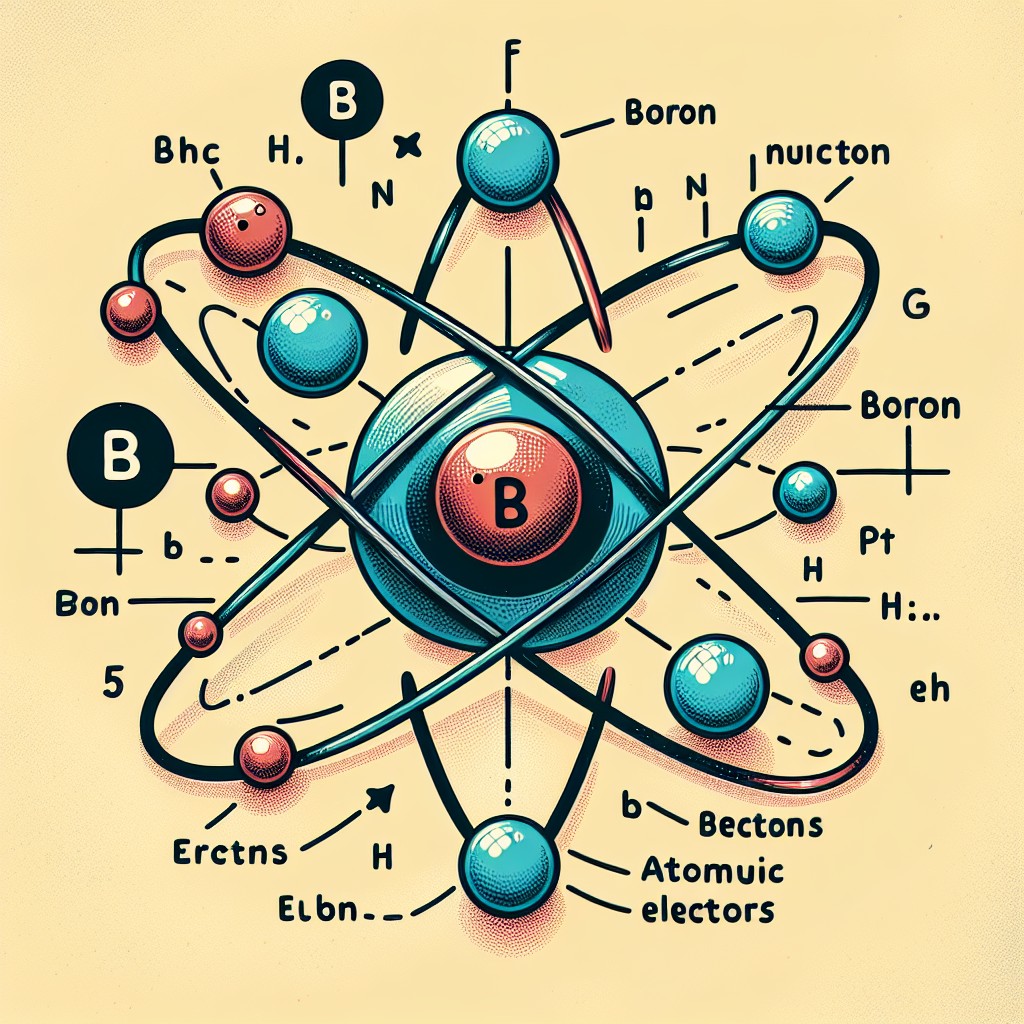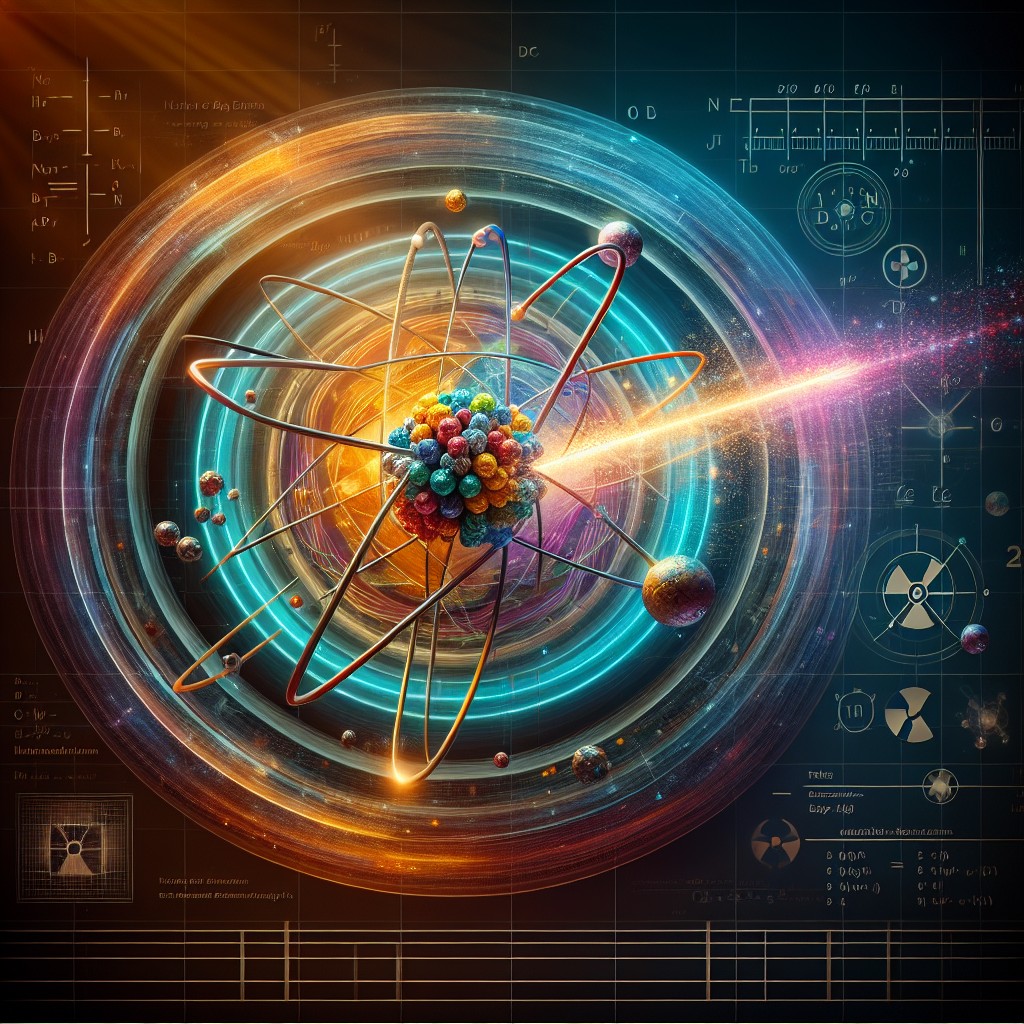The North Atlantic Treaty Organization, commonly known as NATO, is an intergovernmental military alliance that was established in 1949. It was created with the aim of promoting collective defense and maintaining peace and stability in the North Atlantic region. NATO is based on the principle of collective security, where an attack on one member is considered an attack on all, and all members are obligated to respond.
The purpose of NATO is to safeguard the freedom and security of its member countries through political and military means. It serves as a forum for consultation and cooperation among its members, and it provides a platform for collective decision-making on matters of common interest. NATO also plays a crucial role in promoting democratic values, human rights, and the rule of law.
Summary
- NATO is a military alliance formed in 1949 to provide collective defense against potential threats.
- NATO has 30 member countries, including the United States, Canada, and most of Europe.
- NATO’s role is to maintain peace and stability through collective defense, crisis management, and cooperative security.
- NATO’s command structure is divided into two strategic commands, with the Supreme Allied Commander Europe and the Supreme Allied Commander Transformation in charge.
- NATO faces challenges in the future, including cyber threats, terrorism, and the rise of China.
History of NATO: From its inception to the present day.
NATO was founded in 1949 in response to the growing threat posed by the Soviet Union during the early years of the Cold War. The alliance was formed by 12 founding members: Belgium, Canada, Denmark, France, Iceland, Italy, Luxembourg, the Netherlands, Norway, Portugal, the United Kingdom, and the United States. The signing of the North Atlantic Treaty marked a significant shift in international relations and laid the foundation for collective defense in Europe.
During the Cold War era, NATO served as a deterrent against Soviet aggression and played a crucial role in maintaining peace and stability in Europe. The alliance focused on building up its military capabilities and developing a strategy of deterrence through a combination of conventional and nuclear forces. NATO’s primary objective was to prevent any Soviet aggression against its member countries and to defend against any potential attack.
Following the end of the Cold War and the collapse of the Soviet Union in 1991, NATO underwent a significant transformation. The alliance expanded its membership to include former Warsaw Pact countries in Eastern Europe and established partnerships with non-member countries. NATO also shifted its focus from collective defense to crisis management and cooperative security, engaging in peacekeeping operations and humanitarian missions around the world.
In recent years, NATO has faced new challenges and threats, including terrorism, cyber attacks, and hybrid warfare. The alliance has adapted to these changing security dynamics by enhancing its capabilities and strengthening its partnerships with other international organizations. NATO has also increased its presence in Eastern Europe in response to Russia’s annexation of Crimea and its aggressive actions in Ukraine.
NATO’s Role in International Security: How the organization works to maintain peace and stability.
NATO plays a crucial role in maintaining peace and stability in the international arena through its three core tasks: collective defense, crisis management, and cooperative security.
Collective defense is at the heart of NATO’s mission. The alliance is committed to the principle of collective defense, as enshrined in Article 5 of the North Atlantic Treaty. This means that an attack on one member is considered an attack on all, and all members are obligated to respond. NATO’s collective defense capabilities include a range of military assets, such as air forces, naval forces, and ground forces, which are ready to respond to any potential threat.
Crisis management is another important aspect of NATO’s role in international security. The alliance has been involved in various crisis management operations around the world, including peacekeeping missions, humanitarian interventions, and counter-terrorism operations. NATO’s crisis management capabilities include rapid response forces, intelligence sharing, and coordination with other international organizations.
Cooperative security is a key element of NATO’s approach to international security. The alliance works closely with partner countries and organizations to promote stability and security beyond its member countries. NATO has established partnerships with countries in Europe, the Mediterranean region, and the Middle East, as well as with other international organizations such as the United Nations and the European Union.
NATO’s Membership: Who are the member countries and how are they selected?
NATO currently has 30 member countries, including the United States, Canada, and most European countries. The process for becoming a NATO member involves a series of steps and criteria that must be met.
The criteria for NATO membership are outlined in Article 10 of the North Atlantic Treaty. These criteria include a commitment to democratic values, the rule of law, and the peaceful resolution of disputes. Prospective member countries must also demonstrate their ability to contribute to the alliance’s collective defense capabilities and their willingness to fulfill the obligations of NATO membership.
Membership expansion has been a significant development in NATO’s history. Since its founding in 1949, NATO has expanded its membership several times, with the most recent expansion taking place in 2020 when North Macedonia became the alliance’s 30th member. The decision to invite a country to join NATO is made by consensus among all member countries.
NATO’s Command Structure: How the organization is structured and who is in charge.
NATO’s command structure is designed to ensure effective coordination and decision-making among its member countries. The organization is divided into two strategic commands: Supreme Allied Commander Europe (SACEUR) and Allied Command Operations (ACO).
The Supreme Allied Commander Europe (SACEUR) is the highest military authority in NATO. The SACEUR is responsible for the overall strategic direction and operational planning of NATO’s military forces. The position of SACEUR is held by a senior military officer from one of the member countries, and they are appointed by the North Atlantic Council, which is NATO’s highest political decision-making body.
Allied Command Operations (ACO) is responsible for the day-to-day operational activities of NATO’s military forces. It is headed by the Deputy Supreme Allied Commander Europe (DSACEUR), who assists the SACEUR in carrying out their duties. ACO is divided into several subordinate commands, which are responsible for specific geographic areas or functional areas of military operations.
NATO’s Military Capabilities: An overview of the organization’s military strength.

NATO has a wide range of military assets and capabilities that enable it to carry out its mission of collective defense and crisis management. These capabilities include air forces, naval forces, ground forces, and special operations forces.
NATO’s air forces consist of fighter aircraft, bombers, transport aircraft, and airborne early warning and control systems. These assets provide the alliance with the ability to conduct air superiority operations, air defense, and air support for ground forces.
NATO’s naval forces include surface combatants, submarines, and maritime patrol aircraft. These assets enable the alliance to project power at sea, protect maritime trade routes, and conduct naval operations in support of land-based operations.
NATO’s ground forces consist of armored vehicles, artillery systems, and infantry units. These assets provide the alliance with the ability to conduct land-based operations, including territorial defense, peacekeeping missions, and counter-insurgency operations.
NATO’s special operations forces are highly trained units that are capable of conducting a wide range of specialized missions, including counter-terrorism operations, reconnaissance missions, and hostage rescue operations.
In addition to its military assets, NATO member countries also contribute to the alliance’s defense capabilities through defense spending. NATO encourages its member countries to spend at least 2% of their GDP on defense, in order to ensure that they have the necessary resources to meet their commitments to collective defense.
NATO’s Partnerships: How NATO works with non-member countries and organizations.
NATO has established partnerships with non-member countries and organizations in order to promote stability and security beyond its member countries. These partnerships are based on the principles of mutual respect, trust, and cooperation.
The Partnership for Peace (PfP) is one of NATO’s key partnership programs. It was launched in 1994 and is open to countries in Europe and the former Soviet Union. The PfP provides a framework for political dialogue, military cooperation, and practical cooperation between NATO and its partner countries. It aims to enhance the ability of partner countries to contribute to international security and to promote democratic values and the rule of law.
The Mediterranean Dialogue is another important partnership program for NATO. It was launched in 1994 and is open to countries in the Mediterranean region. The Mediterranean Dialogue aims to promote regional security and stability through political dialogue, military cooperation, and practical cooperation. It focuses on issues such as counter-terrorism, maritime security, and crisis management.
The Istanbul Cooperation Initiative (ICI) is a partnership program that was launched in 2004. It is open to countries in the Gulf region. The ICI aims to enhance political dialogue, military cooperation, and practical cooperation between NATO and its partner countries in the Gulf region. It focuses on issues such as counter-terrorism, energy security, and defense reform.
NATO’s Relationship with Russia: An examination of NATO’s relationship with its largest neighbor.
NATO’s relationship with Russia has been complex and often contentious. The history of NATO-Russia relations can be traced back to the end of the Cold War, when the alliance sought to build a cooperative relationship with its former adversary.
After the collapse of the Soviet Union, NATO and Russia established a partnership based on mutual trust, transparency, and cooperation. They signed several agreements aimed at promoting political dialogue, military cooperation, and practical cooperation. However, this partnership was tested by a series of events, including NATO’s expansion into Eastern Europe and Russia’s annexation of Crimea.
The current state of NATO-Russia relations is characterized by tension and mistrust. Russia views NATO’s expansion as a threat to its security and has accused the alliance of encroaching on its sphere of influence. NATO, on the other hand, has expressed concern about Russia’s aggressive actions in Ukraine and its military build-up in the region.
Despite these challenges, there are opportunities for cooperation between NATO and Russia. Both sides have a shared interest in maintaining stability and security in Europe, and there are areas where they can work together, such as counter-terrorism, arms control, and crisis management. However, any progress in NATO-Russia relations will require a commitment to dialogue, trust-building, and respect for international law.
NATO’s Future: What challenges and opportunities lie ahead for the organization.
NATO faces a range of challenges and opportunities as it looks to the future. One of the key challenges is the emergence of new security threats, such as terrorism, cyber attacks, and hybrid warfare. NATO will need to adapt its capabilities and strategies to address these evolving threats and ensure the security of its member countries.
Technological advancements also present both challenges and opportunities for NATO. Rapid advances in areas such as artificial intelligence, autonomous systems, and space-based capabilities have the potential to transform the nature of warfare. NATO will need to invest in these technologies and develop new doctrines and strategies to effectively respond to emerging threats.
The changing geopolitical landscape is another factor that will shape NATO’s future. The rise of new global powers, such as China, and the shifting balance of power between traditional allies will require NATO to reassess its priorities and strengthen its partnerships with other countries and organizations.
Criticisms of NATO: An examination of the criticisms leveled against the organization.
NATO has faced criticism from both within its member countries and from non-member countries. Some of the main criticisms include:
– Cost-sharing: Some member countries have criticized NATO for an unequal burden-sharing when it comes to defense spending. The United States, in particular, has called on European allies to increase their defense budgets and contribute more to collective defense.
– Lack of strategic focus: NATO has been criticized for lacking a clear strategic focus and for being too reactive in its approach to security challenges. Some argue that the alliance should have a more proactive and forward-looking strategy that addresses emerging threats.
– Lack of political cohesion: NATO has been criticized for a lack of political cohesion among its member countries. Differences in national interests and priorities have sometimes hindered the alliance’s ability to make collective decisions and take decisive action.
In response to these criticisms, NATO has taken steps to address them. The alliance has launched initiatives to increase defense spending among member countries, improve burden-sharing, and enhance political cohesion. NATO has also sought to strengthen its partnerships with non-member countries and organizations in order to promote stability and security beyond its member countries.
FAQs
What is NATO?
NATO stands for North Atlantic Treaty Organization. It is an intergovernmental military alliance between 30 North American and European countries.
When was NATO formed?
NATO was formed on April 4, 1949, with the signing of the North Atlantic Treaty in Washington, D.C.
What is the purpose of NATO?
The purpose of NATO is to provide collective defense against external threats to the member countries. It also serves as a forum for consultation and cooperation on security issues.
How does NATO operate?
NATO operates on the principle of collective defense, meaning that an attack on one member country is considered an attack on all member countries. It also operates through various committees and decision-making bodies, including the North Atlantic Council and the Military Committee.
How many countries are members of NATO?
As of 2021, there are 30 member countries in NATO, including the United States, Canada, and various European countries.
What is the role of the United States in NATO?
The United States is a founding member of NATO and plays a significant role in the organization. It is the largest contributor to NATO’s budget and provides a significant portion of the organization’s military capabilities.
Has NATO been involved in any military operations?
Yes, NATO has been involved in various military operations, including the war in Afghanistan and the intervention in Libya. It has also conducted numerous peacekeeping and humanitarian missions.


